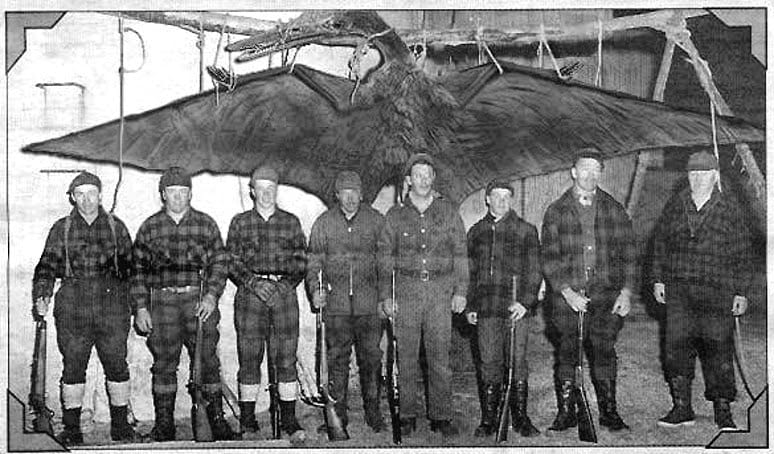Trending Now
For many, the romance of the lonesome cowboy, the skilled gunslinger, the train-robbing bandit, and the wagon trains to new places and adventure is undying. So much of our collective western past has been immortalized in song, book, or on the silver screen that it can be hard to separate fact from legend…and oftentimes, that’s because we’re not too clear on the facts to begin with.

Photo Credit: Fox
It was a time when newspaper circulations were local, and their owners easily intimidated – if people bothered to print the news at all, since there was no one there to do any fact-checking. That’s why people like modern-day Texas cowboy W.C. Jameson has to take a good, hard look at the era of the Old West in order to research his books (he’s authored over 90) like Unsolved Mysteries of the Old West and Beyond the Grave.

Photo Credit: Facebook, Lea County Museum
He recently did an interview and discussed some of his favorite unsolved mysteries of the Old West, along with what – in his expert opinion – probably really happened.
#7. Where is the Lost Dutchman’s gold mine?
This enduring American myth surrounds German immigrant Jacob Waltz and the massive amount of gold he uncovered after settling in Arizona’s Superstition Mountains. He supposedly mined the claim in the Salt River Valley between 1868 and 1886, though the estimated 8,000 yearly visitors to Lost Dutchman State Park have never found hide nor hair of any remaining gold.
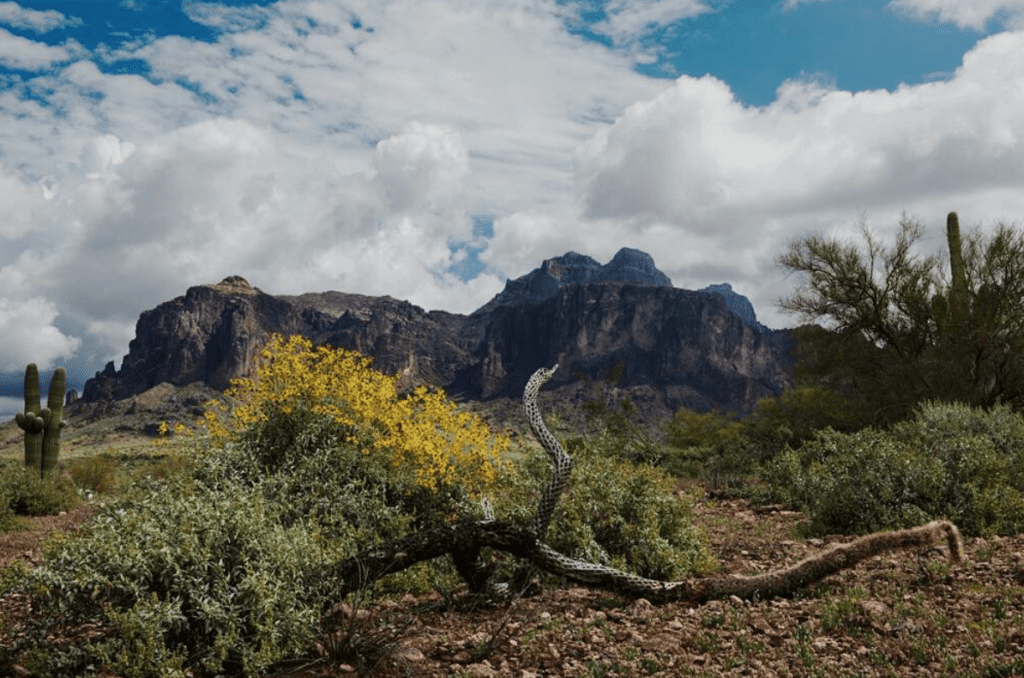
Photo Credit: Instagram, @clarkboydphoto
For his part, Jameson doesn’t think the mine is lost, but simply empty.
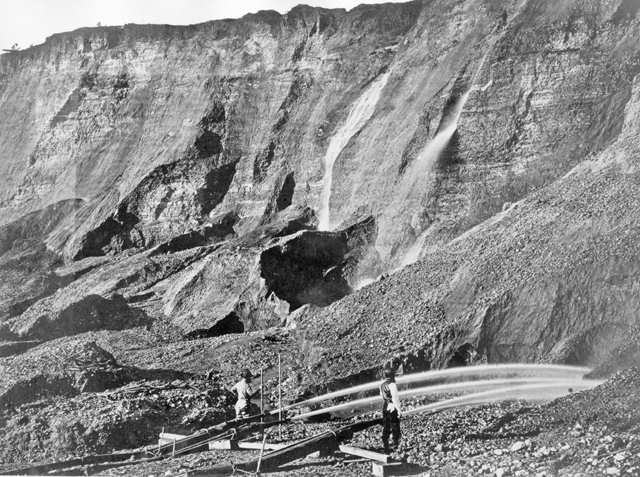
Photo Credit: Wikipedia
#6. Did Billy the Kid really die in 1881?
Legend has it that Sheriff Pat Garrett of New Mexico tracked escaped criminal William H. Bonney – a.k.a. Billy the Kid – to a residence in Fort Sumner where he shot and killed him. Questions about the authenticity of the account have swirled since the day it happened, largely because Garrett wasn’t exactly trustworthy and the body was disposed of before it could be properly identified.
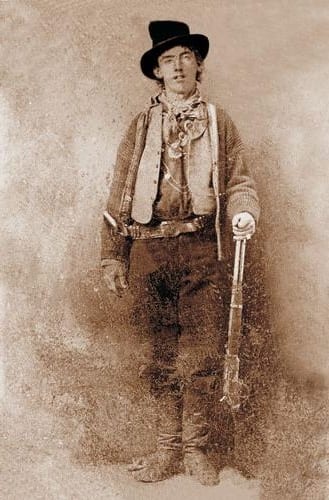
Photo Credit: Wikipedia
For his part, Jameson believes the sheriff shot the wrong man, and he’s not alone.
That’s because in 1950, a man named Brushy Bill Roberts came forward and asked to be pardoned for Billy the Kid’s crimes. He never was because the governor of New Mexico didn’t believe him, but there are plenty of historians who do. Jameson explains that he’s on that side of the argument:
We started out trying to prove Roberts was lying. One by one, though, all of Roberts’ claims were eventually verified. A statistical facial recognition analysis comparing Roberts to known images of The Kid suggested that the two men were actually one and the same.

Brushy Bill Roberts
Photo Credit: Wikipedia
I hope the guy Sheriff Garrett shot deserved it.

Sheriff Garrett
Photo Credit: Wikipedia
#5. Did Butch Cassidy ever return to the States?
The official record, as well as Hollywood’s, pushes the claim that Cassidy and accomplice were killed in a gunfight after fleeing the United States for Bolivia. Which doesn’t jibe with several of Cassidy’s friends’ and family members’ claims to have visited the famous bank robbers on several occasions after he was “killed.”
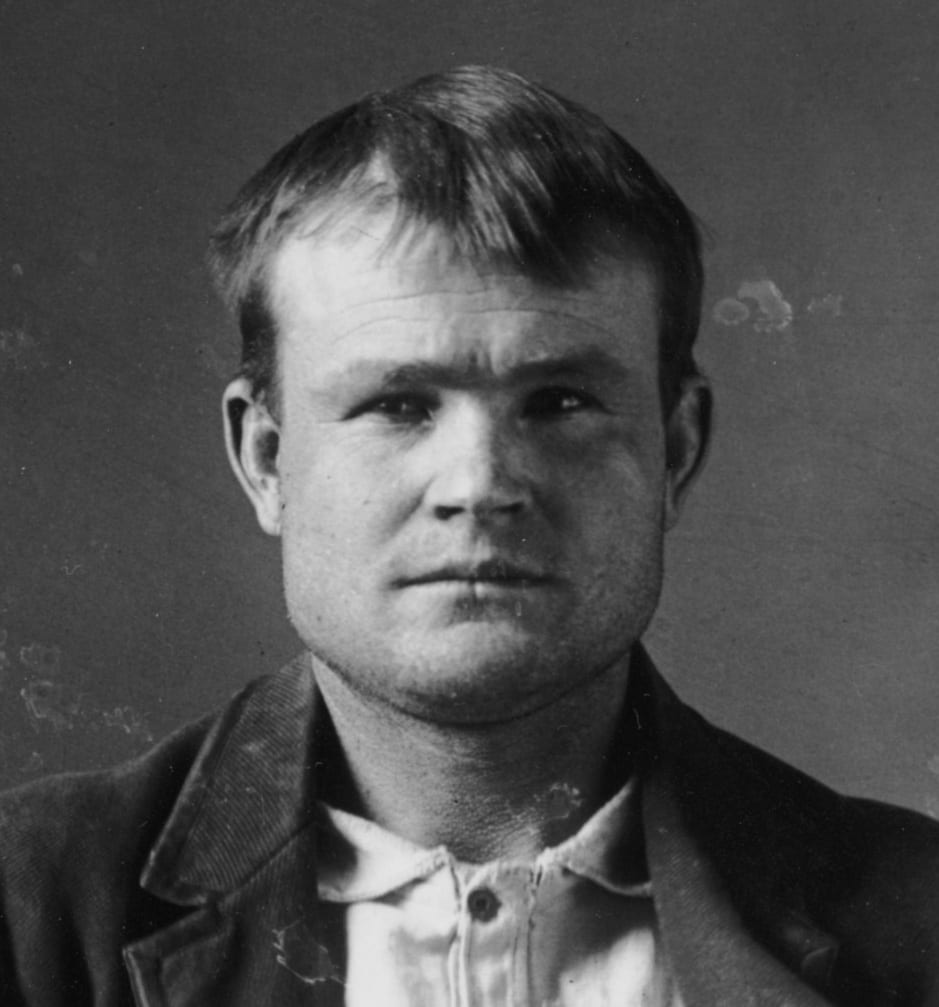
Photo Credit: Wikipedia
And if that wasn’t enough, the man who identified the bodies of Cassidy and Henry Alonzo Longabaugh was a close friend of the former’s – close enough to lie to the authorities, perhaps – and friends who looked at the photographs of the bodies positively identified Longabaugh’s…but not Cassidy’s.
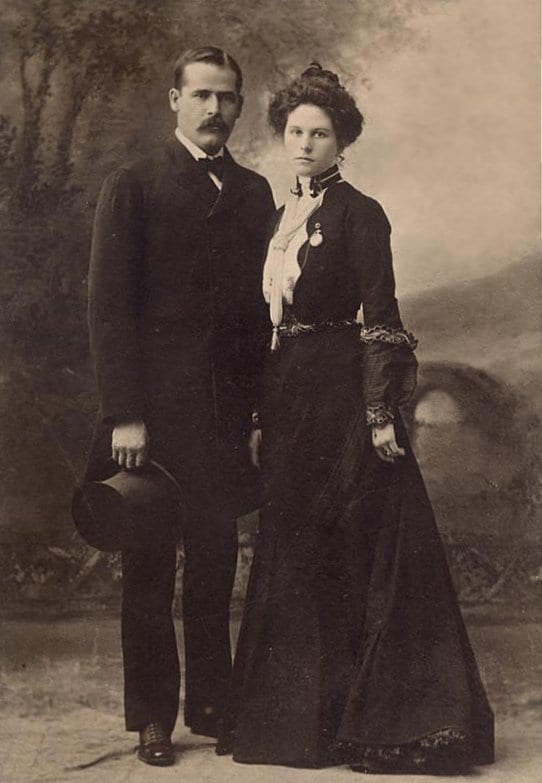
Photo Credit: Wikipedia
#4. Where is Ben Sublett’s secret gold mine?
In the 1880s, Ben Sublett claimed to have found a mine full of gold ore in West Texas’ Guadalupe Mountains. Though Jameson claims that the fact that there was a mine has been verified, its location has remained hidden since Sublett’s death in 1892.
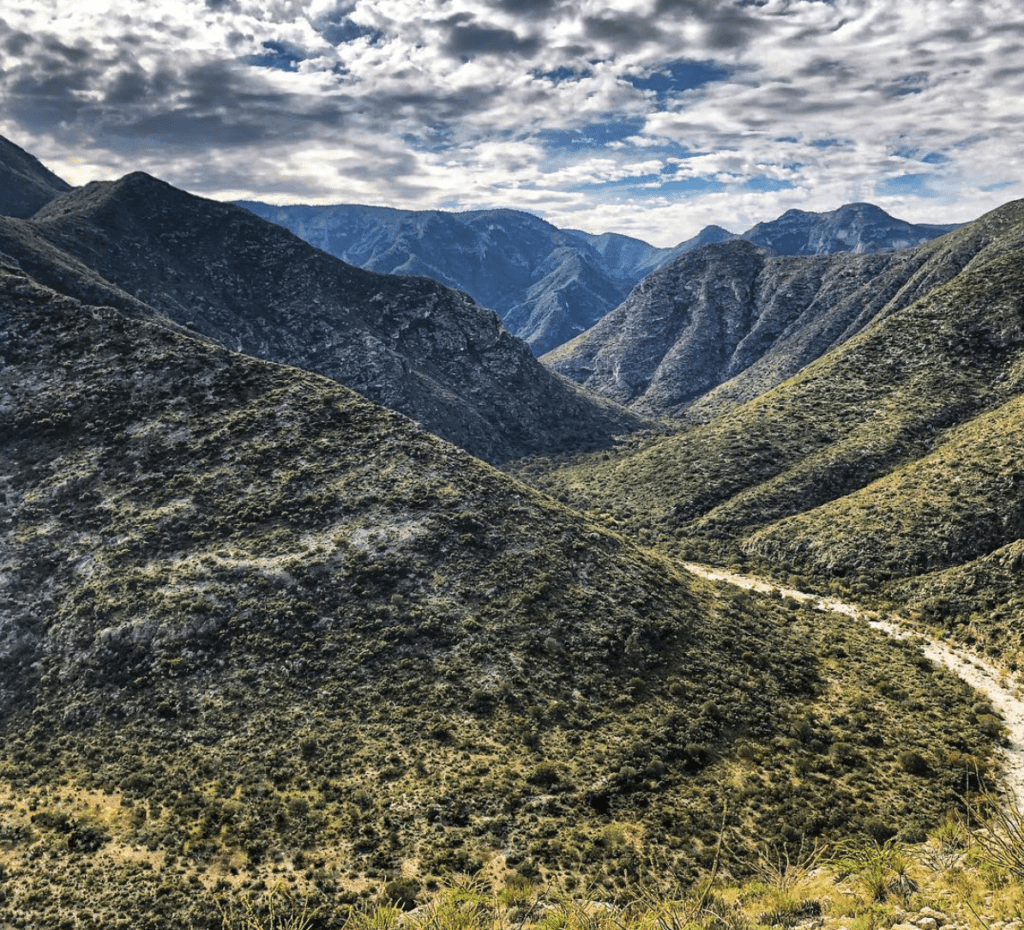
Photo Credit: Instagram, @asphelps23
Our only clue? Sublett’s description of a canyon amid the limestone cliffs where a simple “rake of the hand through the gravel” produced pure-gold nuggets.
Happy hunting.
#3. Did Bill Longley avoid execution?
Notorious killer “Bloody” Bill Longley escaped from jail twice before he was supposedly hanged for his multitude of crimes at the ripe old age of 27. His acquaintances (cohorts?) claim that, in fact, he made a third grand escape and retired from killing (or getting caught, at any rate) to live out his days as a Louisiana cotton farmer named John Calhoun Brown.

Bill Longley
Photo Credit: Wikipedia
Weirdly specific, right?
Well, Smithsonian anthropologist Douglas Owsely has sort of proven through DNA that the man buried for Longley’s crime was actually him. I say “sort of” because, according to Jameson, the DNA only proves the body “was a Longley relative.”
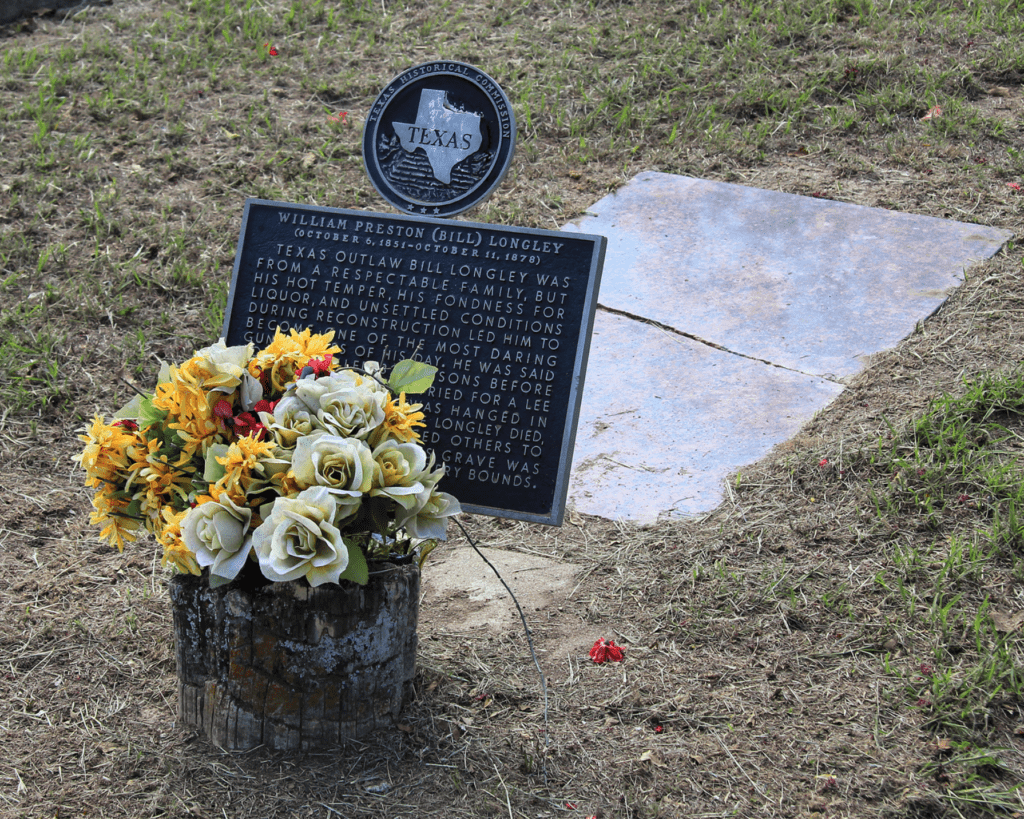
Photo Credit: Wikipedia
Maybe so, but that would mean he went to the trouble to not only escape, but kill one of his close relatives and have them buried in his place. Which, I don’t know. Seems elaborate.
#2. What is a thunderbird?
In the late 1800s, newspapers in California and Arizona were reporting sightings of what looks, to modern eyes, like a pterodactyl. There’s even a legend about photograph of one nailed to a barn in Tombstone (Jameson says he’s seen it, though no one seems to have a copy).

Photo Credit: Wikipedia
Jameson also claims to have a feather from the beast, found by a contemporary Cherokee treasure hunter, and that no ornithologist who has studied it has been able to identify the species. The feathers were allegedly found in a Utah cave and are 180-inches long and as big around as a grown man’s finger. The cave also featured a pictograph of an enormous horned bird.
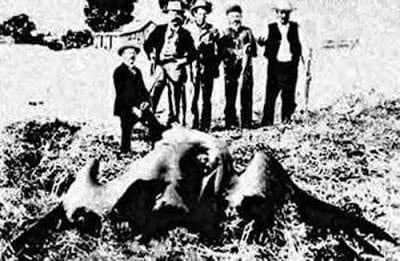
Photo Credit: Twitter, @salmondine
To be clear, the image at the top of this article is a proven fake (it comes from a movie set in the 70s), and the one right above is suspect as well. Neither are the famous Tombstone photo.
#1. Where is Cochise buried?
Apache Chief Cochise and his men occupied the area near the former location of Fort Bowie for 15 long, bloody years. He died in 1874 (of natural causes) and was buried with his horse and dog somewhere in the wilderness near Tucson, Arizona. Where? This one, unfortunately, we’ll probably never know.
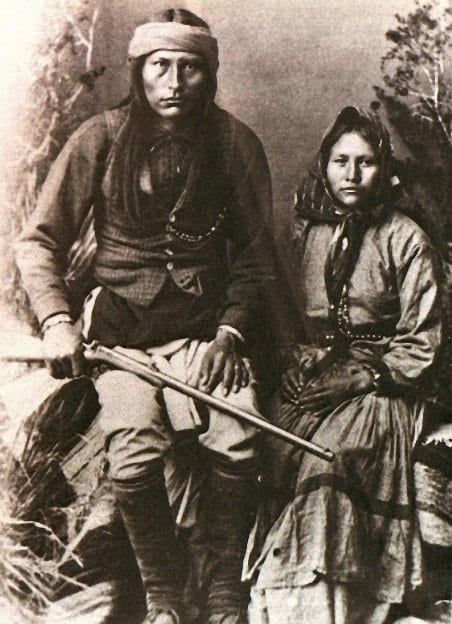
Photo Credit: Twitter, @MrRokkafella
h/t: Mental_Floss
We know you can choose a lot of sites to read, but we want you to know that we’re thankful you chose Did You Know. You rock! Thanks for reading!

